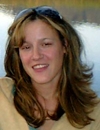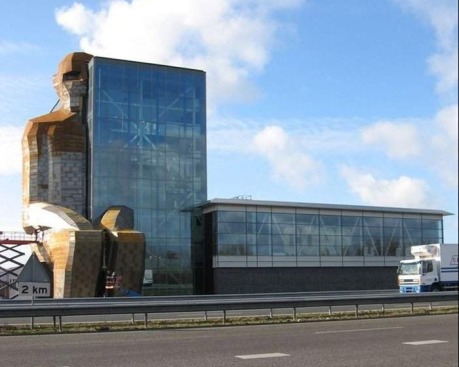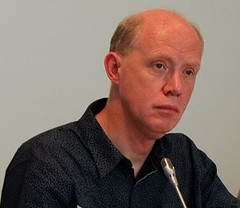Christoph Gradmann and Flurin Condrau of the ESF network Drug Standards, Standard Drugs are planning a workshop on the theme ‘Beyond the Magic Bullet: Reframing the History of Antibiotics’, to take place in Oslo, 17-19 March 2011.
Antibiotics have been celebrated as a medical success story around the globe from their first distribution at the end of WWII to the present day […] As agents of a medical revolution which shifted borders between health and disease and created new spaces for therapy, antibiotics have become one of the most popular scientific success stories of the twentieth century. [This] workshop will focus on recent and current research into the histories of antibiotics, which has started to move beyond the initial stories of the discovery of penicillin and the randomised clinical control trials.
They invite proposals for papers contributing to the four key themes:
- Research and development of antibiotics
- Antibiotics in clinical practice
- Antibiotic resistance
- Antibiotics as global medicines
Send <400 words proposals to Christoph (christoph.gradmann@medisin.uio.no) and Flurin (f.condrau@manchester.ac.uk) by 1 October 2010; they can also provide more detailed info about the themes. And yes — accommodation and travel will be supported.


 I’m thinking of the
I’m thinking of the  I’ve only read about it on their website, so maybe I’ll change my mind if I visit it IRL.
I’ve only read about it on their website, so maybe I’ll change my mind if I visit it IRL.
 Despite Rosen’s focus on the legal aspects of our eternal exposure on the web, the most interesting aspect of the article is his discussion about the emergence of new social norms regulating our online presence. He has actually “been at dinners recently where someone has requested, in all seriousness, ‘Please don’t tweet this’”.
Despite Rosen’s focus on the legal aspects of our eternal exposure on the web, the most interesting aspect of the article is his discussion about the emergence of new social norms regulating our online presence. He has actually “been at dinners recently where someone has requested, in all seriousness, ‘Please don’t tweet this’”.
 In the monograph
In the monograph